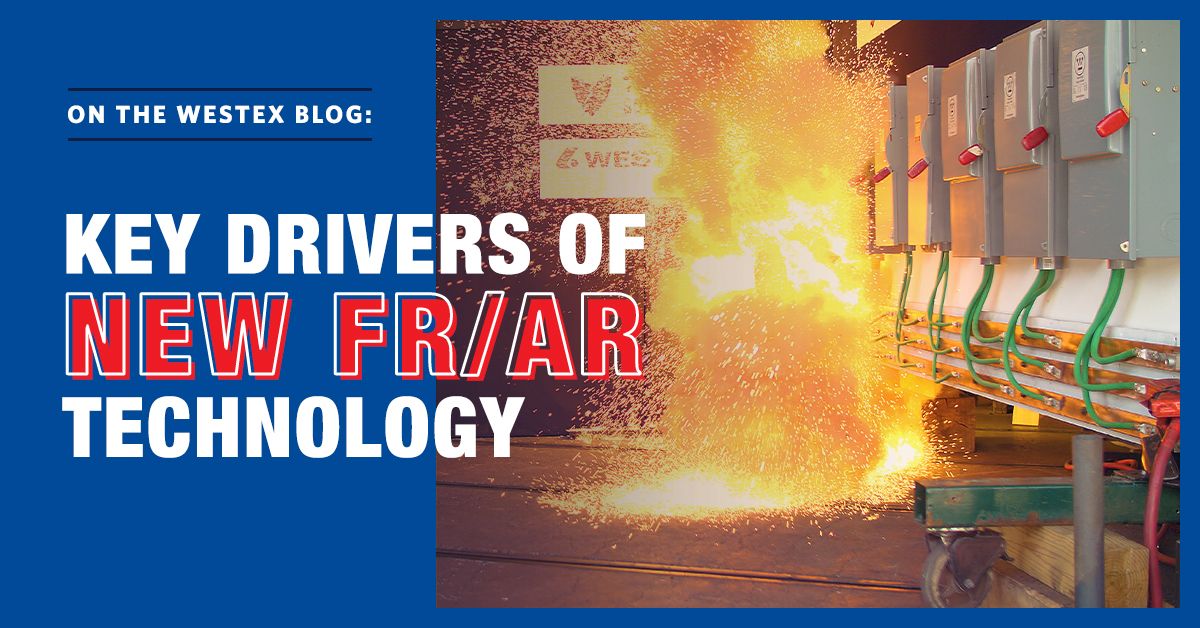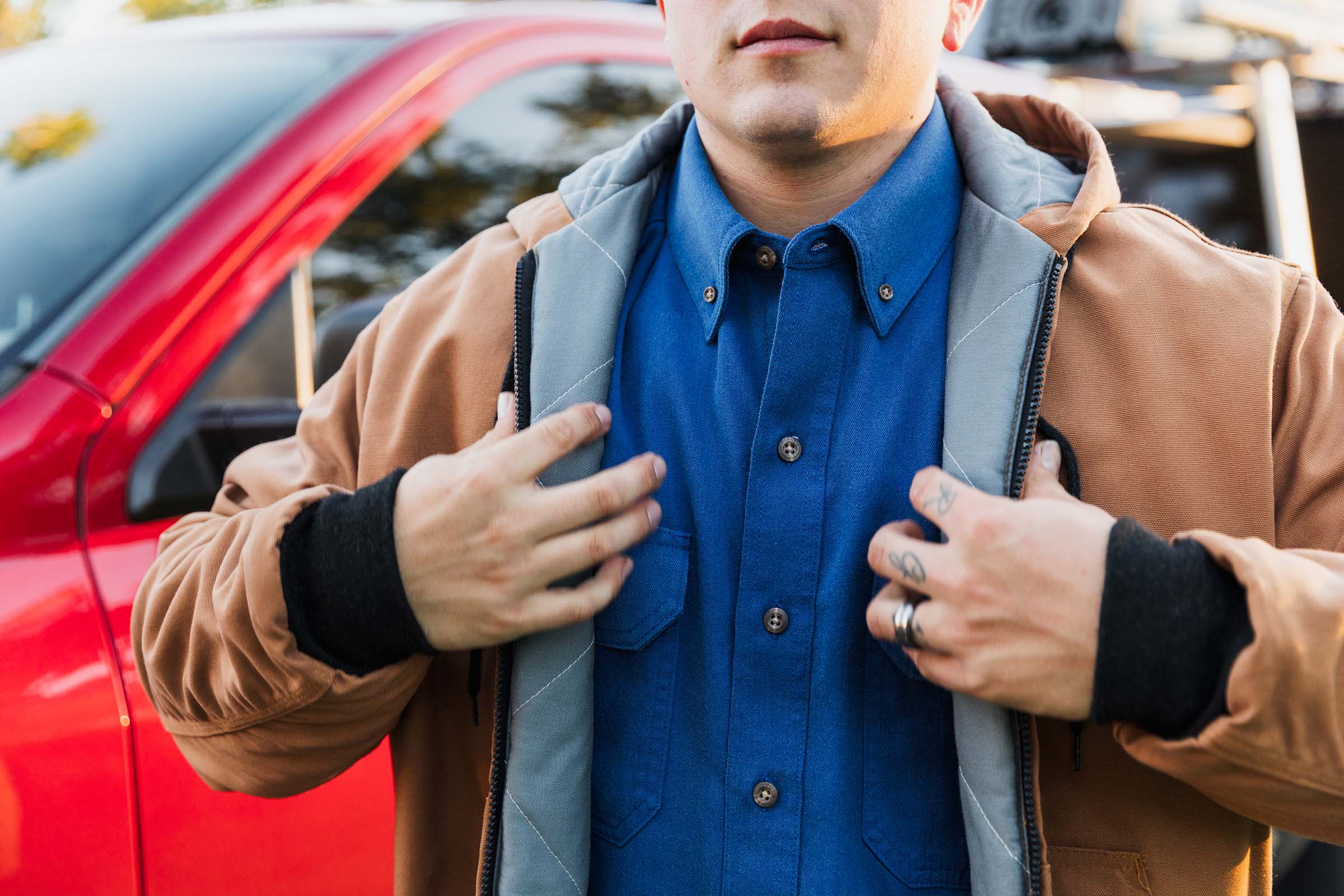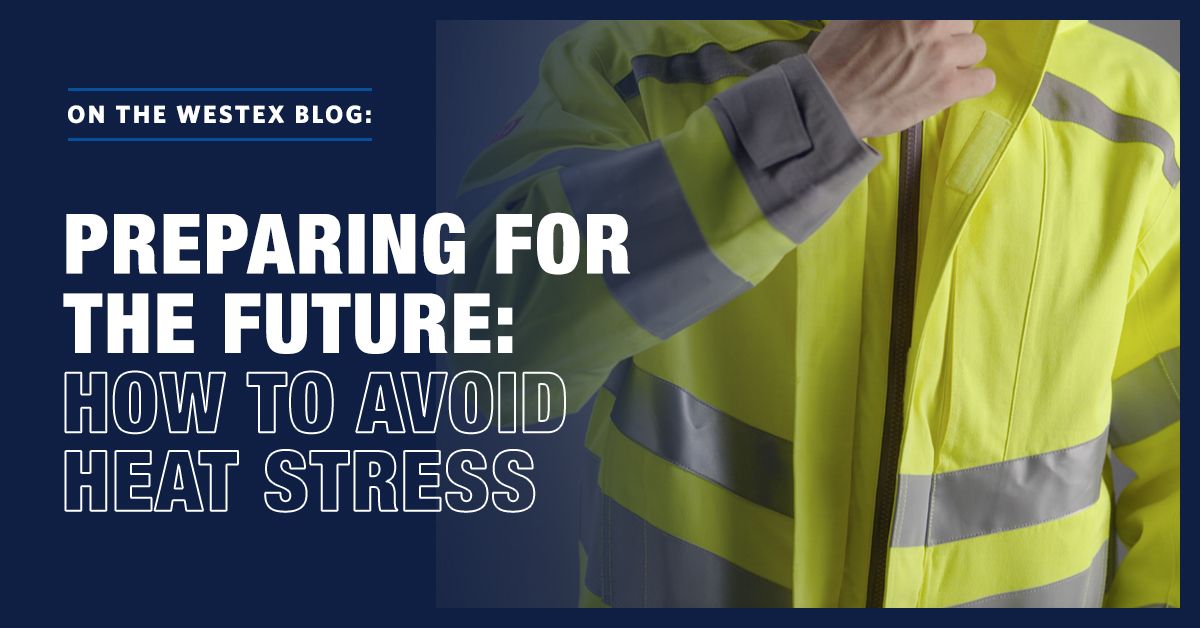
Key Drivers of New FR/AR Technology: Webinar Recap
23 Aug 2023
In a recent webinar with Scott Francis, Technical Sales Manager, we discussed the key drivers of flame-resistant and arc-rated (FR/AR) fabric technology. Developments in PPE constantly evolve, and the keys to making a well-informed decision come back to:
- Protection
- Comfort
- Sustainability
- Trust
PROTECTION
For the arc flash hazard, FR/AR PPE serves two protective roles—self-extinguishing and insulating—but insulative protection, or 2nd degree burn protection, is only possible if the fabric has a high enough arc rating for the present threat. So, where do you start to make sure you have the proper PPE protection in place? The first critical steps are to assess risk and account for human error because no risk control is infallible, especially PPE selection!
There are two types of arc rating – APTV and EBT. While either type of arc rating can be used, always keep this in mind: the values must exceed the incident energy of the potential arc flash hazard. Since layered fabrics’ arc ratings are usually more than additive of the component fabrics’ arc rating sum (air gap usually adds protection), layering arc-rated daily wear is an effective way to ensure proper protection. The best option to make sure you have accurate information is to contact your FR/AR fabric manufacturer to access layered fabric arc rating data.
COMFORT
Next up, there’s the age-old dilemma around discomfort. This topic is inherently subjective, but wear tests help to make comfort measurable. Conducting wear tests promotes employee involvement to build a consensus on FR/AR PPE comfort levels (especially if the wear test is conducted in the summer heat). Involving employees in wear tests not only gives them a voice in evaluating the comfort of the PPE, but it also increases adoption, compliance and proper use across the team. If your team is interested in a wear trial, contact us today.
Thankfully, new and innovative breakthroughs in FR/AR fabrics have enabled additional levels of comfort in many ways: more moisture wicking; more breathable; lighter weight. The latest developments in blend fabrics result in an FR/AR material that is almost indistinguishable from everyday clothing.
SUSTAINABILITY
While protection is always paramount, the sustainability of FR/AR clothing is increasingly important in our industry. When making a PPE decision, ask your suppliers a few questions:
- Is this product durable, and will it last for a long time to reduce waste to landfill? Is it made with recycled materials?
- What are you doing about greenhouse gas (GHG) emissions? Are you committed to reaching net-zero?
- Do you have safety/environmental certifications such as OKEO-TEX 100? Do you use fabric finishes that contain PFAS?
Through comfortable, durable materials, responsible manufacturing methods and a selective mindset on fiber and fabric components, companies can improve the sustainability of their FR clothing program. Working with credible, responsible FR/AR fabric and clothing manufacturers also impacts your organization’s Scope 3 GHG emission reduction efforts.
TRUST Do you trust that the PPE best practices you have in place are being utilized? Have you considered human performance in your risk assessment/PPE selection?
Complacency is one of the root causes of low-voltage electrical incidents. Although it’s considered low voltage, 480V equipment is a leading source of fatal incidents in the electrical industry.
Think of daily wear FR/AR PPE as a seat belt and a low-voltage project as a short drive. The risk of serious injury is low, so wearers see PPE as unnecessary. However, next thing you know, the short drive turns into a metaphorical 10-car pileup when a piece of equipment malfunctions. Your seatbelt (or daily wear PPE) could be the lifesaving difference.
Top reasons employees fail to wear PPE
- Forgetfulness - “I just forgot”
- Misunderstanding - “I didn’t know”
- Fearlessness/Overconfidence - “I won’t get in an accident”
- Time constraints - “I don’t have time”
- Discomfort - “It doesn’t fit”
Implementing daily wear helps combat the reasons workers typically fail to don their FR/AR PPE since it’s worn all the time instead of only during selective tasks.
The Path Forward While FR/AR technology continues to evolve, making the right decisions for your specific needs still comes down to addressing these practical yet lifesaving categories: protection, comfort, sustainability and trust. Stay educated, ask good questions and work to build a safety culture that involves your whole team.
To view Scott’s full webinar, click here.


